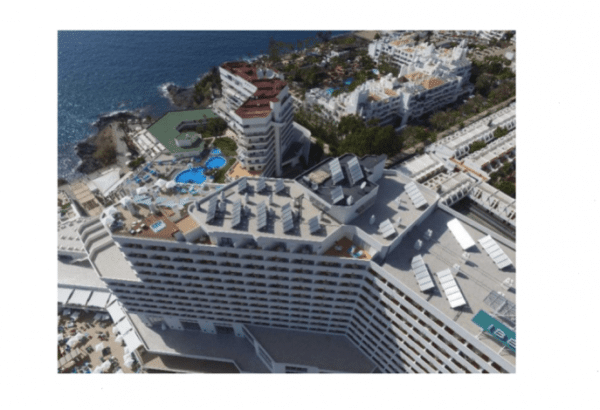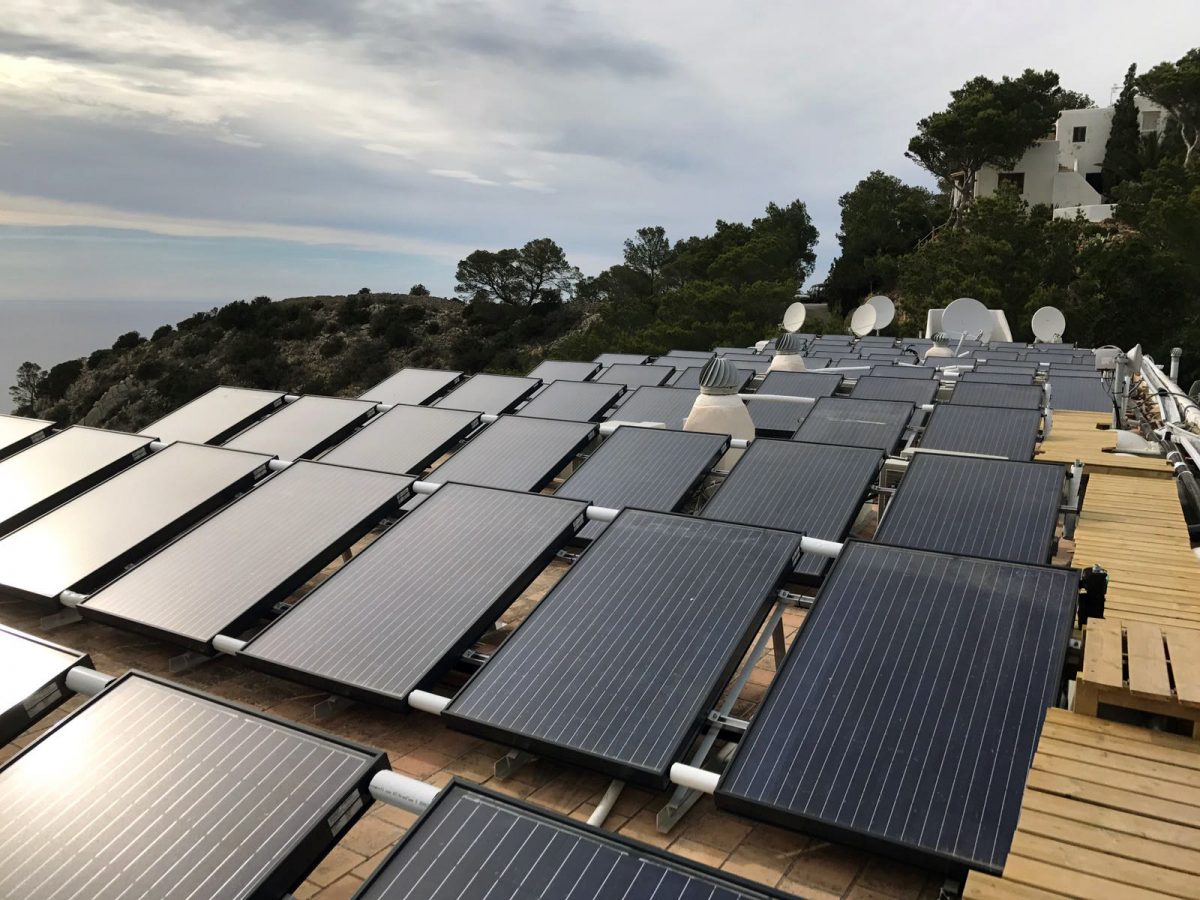The International Energy Agency (IEA) this week released a paper highlighting the merits of PVT, declaring the production of solar PV energy combined with energy from the heat transfer provides an increased yield per square metre.
Glen Ryan, co-founder of Perth-based solar PV innovator Sunovate, is among those who participated in the preparation of the Technology Position Paper on PVT and said the hybrid technology has the potential to improve conversion efficiency by diverting the heat away from the modules while utilising the heat for an alternative purpose.
“Globally, heating typically accounts for more than 50% of final energy consumption, very little of which is powered by renewable energy,” Ryan said.
“PVT allows us to harness clean solar energy, improve PV panel output, and convert the heat removed for application directly such as space heating or enhancing it by combining it with heating appliances such as heat pumps.
“It’s a remarkable combination of technologies that is improving efficiency, output and longevity of PV modules and allowing more applications to access clean energy.”
The IEA said by combining electricity and heat generation within the same component, the technologies can reach a higher overall seasonal efficiency than PV or solar thermal alone.
By day the solar PV modules convert sunlight into electricity. With PVT, a solar thermal collector is added to transfer the otherwise unused excess heat from the PV module to a heat transfer fluid. By night, the technology transforms into a large heat radiative surface that can provide renewable cooling.
The IEA said the solar electricity production of an uncovered PVT module is not less than that of a PV-only module and can even be slightly higher if the collector is operated at temperatures below those of a PV-only module thanks to the thermal energy extracted and used.
PVT collectors can be uncovered, glazed or concentrating. Depending on their type, PVT collectors can produce heat at temperatures from about -20° to +150°C and serve a wide range of applications.

Image: Abora Solar
PVT systems are already being used in residential, agricultural and industrial settings with the IEA saying payback times as low as four years have been observed in hotel case studies in Spain.
The Australian Photovoltaics Institute (APVI) said tests, including those conducted by Sunovate, found yields can more than double compared to PV or solar thermal alone. The efficiency is however dependent on the temperature of the heating application, with pool heating more efficient than space heating, and both are more efficient that hot water heating.
The APVI said the potential for PVT is particularly strong for commercial businesses where heating requirements are elevated during the day, such as agro-industrial processes (greenhouses, dairies) and solar water desalination operations.
The IEA report also indicated PVT provided increased solar PV efficiency due to removal of heat from the modules while the lifespan of the cells was increased due to less thermally induced degradation.
The IEA said PVT can also help address the emerging issues of space and network constraints, noting the hybrid technology uses the same area as a PV or thermal module to provide both electricity and heat, and in some cases cooling.
“PVT systems deliver high-yielding solutions per unit of area and maximize the existing electrical infrastructure through their distributed application,” the IEA said in the report.
The APVI said Australia is already home to a number of PVT technology manufacturers, as well as international distributors, but with 2 million m2 of PVT, that is 270 MW PV and 1.400 GW solar thermal installed worldwide over the past five years, the country has some catching up to do.
Australia had only 547 m2 of installed PVT capacity in 2019, well adrift of pacesetters France (485,000 m2), South Korea (281,000 m2), China (133,000 m2) and Germany (112,000 m2).
This content is protected by copyright and may not be reused. If you want to cooperate with us and would like to reuse some of our content, please contact: editors@pv-magazine.com.









2 comments
By submitting this form you agree to pv magazine using your data for the purposes of publishing your comment.
Your personal data will only be disclosed or otherwise transmitted to third parties for the purposes of spam filtering or if this is necessary for technical maintenance of the website. Any other transfer to third parties will not take place unless this is justified on the basis of applicable data protection regulations or if pv magazine is legally obliged to do so.
You may revoke this consent at any time with effect for the future, in which case your personal data will be deleted immediately. Otherwise, your data will be deleted if pv magazine has processed your request or the purpose of data storage is fulfilled.
Further information on data privacy can be found in our Data Protection Policy.